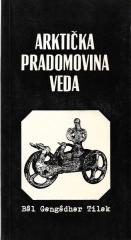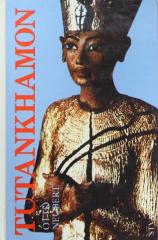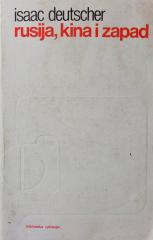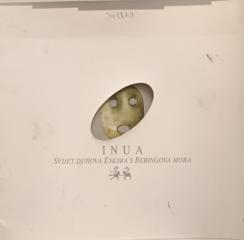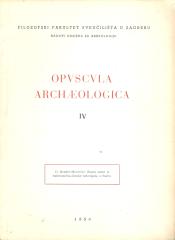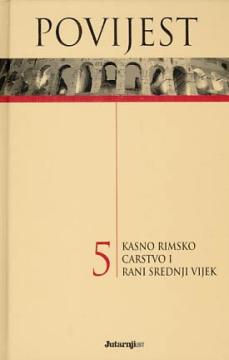
Povijest #5: Kasno Rimsko Carstvo i rani srednji vijek
The fifth volume covers the final phase in the history of the Roman Empire, the rise of Byzantium and its adoption of the traditions of ancient Rome, as well as the history of Europe after the Great Migration of Peoples. The book ends with the expansion o
Late Roman Empire (284–476): Diocletian (284–305) introduces the tetrarchy, dividing power between two augusti and two caesars to stabilize the Empire in the face of economic crises and barbarian invasions. Constantine the Great (306–337) unifies the Empire, declares Christianity a permitted religion (Edict of Milan, 313), and founds Constantinople. Theodosius I (379–395) declares Christianity the state religion and divides the Empire into Western and Eastern (395). The Western Empire weakens due to internal conflicts, corruption, and barbarian incursions (e.g., Visigoths, Vandals). In 476, Odoacer deposes Romulus Augustulus, marking the end of the Western Empire. The Eastern (Byzantine) Empire continues to exist.
Early Middle Ages (5th–8th centuries): The Early Middle Ages are marked by the creation of barbarian kingdoms in the west (Franks, Ostrogoths, Visigoths). The Frankish kingdom under Clovis (496) adopts Christianity, laying the foundations of European medieval culture. Byzantium under Justinian I (527–565) attempts to rebuild the Roman Empire (conquering Italy, North Africa), but wars exhaust resources. Islam emerges in the 7th century, and the Arabs rapidly expand their rule, conquering parts of Byzantium and Persia. Christianity and Islam shape the cultural and political landscape.
Connections and Legacy: The late Roman Empire transfers legal, administrative, and cultural elements to the Early Middle Ages. Christianity becomes the foundation of European civilization, while Byzantium and Islam shape the Mediterranean.
Two copies are available
